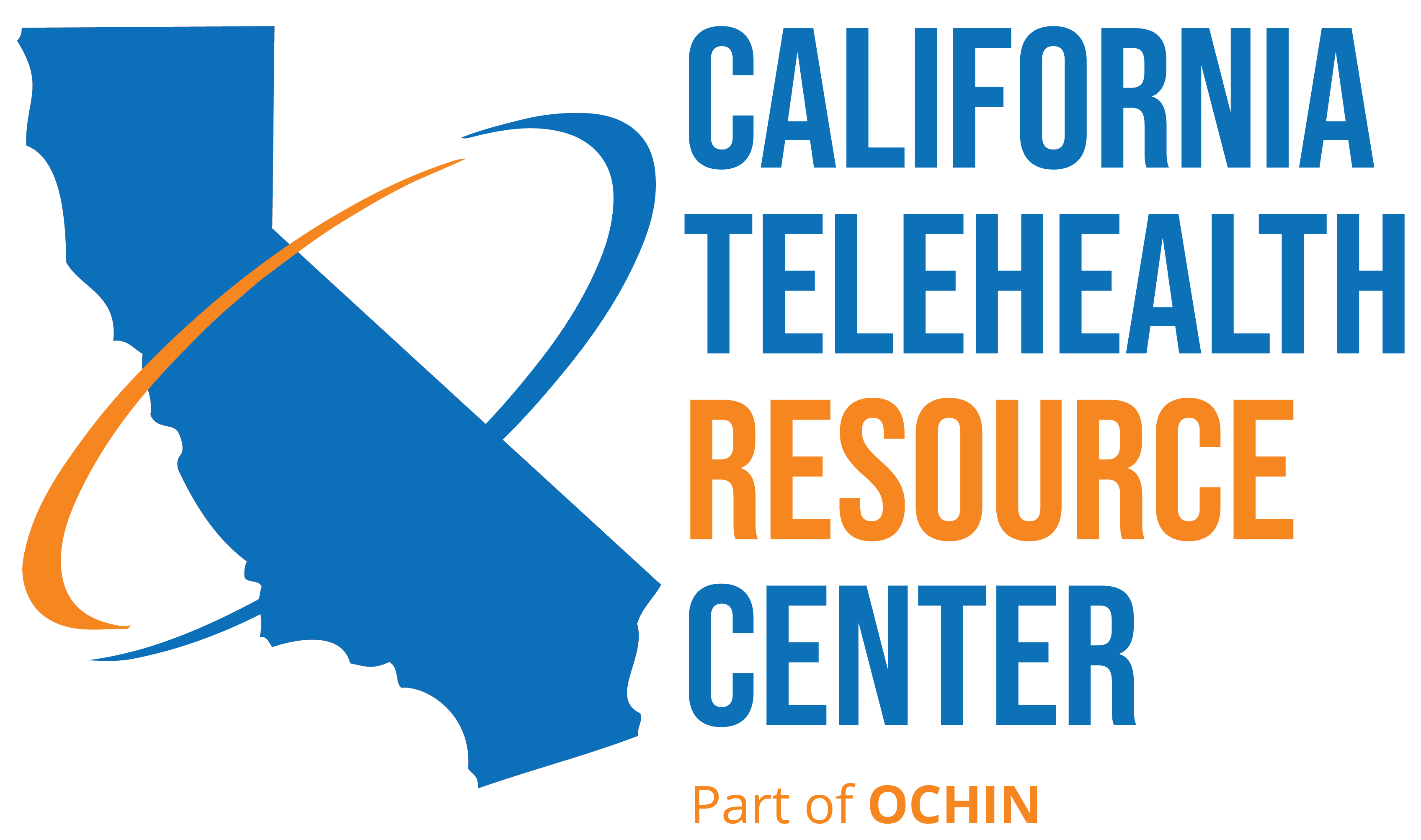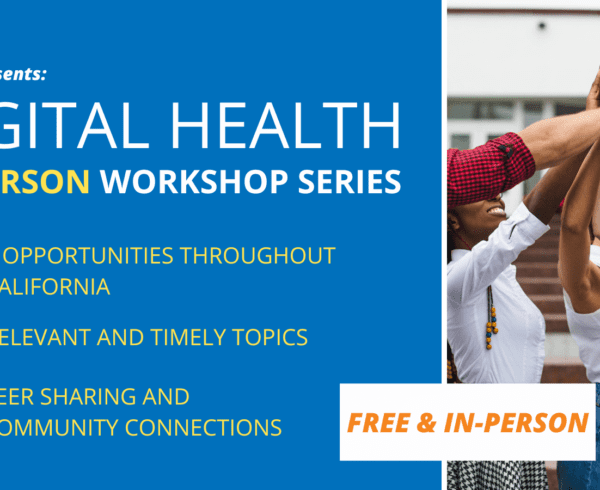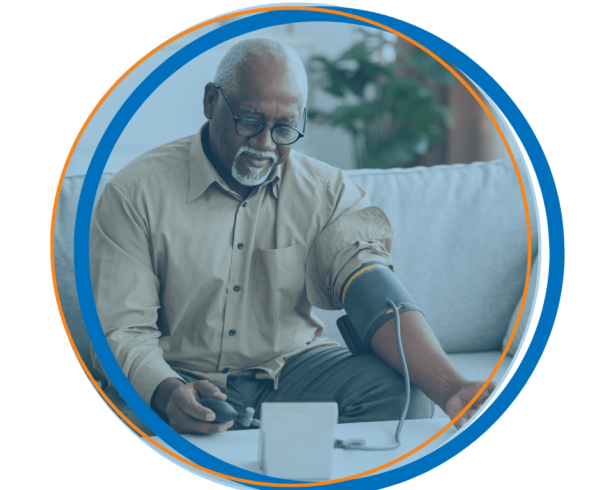As a key player in the expanding field of telemedicine and telehealth, the California Telehealth Resource Center (CTRC) continues to bridge the gap between technological advancements and the broader healthcare delivery system. To foster an environment that encourages telemedicine growth and optimization, we collaborate with community members, corporate entities, industry leaders, and policymakers. We explore innovative approaches to healthcare delivery by seeking new knowledge, engaging communities, facilitating crucial dialogue, sharing inspirational narratives, and partnering with like-minded organizations. We are committed to providing California providers with access to evidence-based practices and cutting-edge solutions as the industry landscape continually transforms.
Leveraging this momentum, our annual CTRC Telehealth Summit has become an anticipated event in the telehealth industry. The Summit offers attendees the opportunity to learn, connect, and network with key stakeholders in the field. Our two-day 2023 Virtual Telehealth Summit recently brought together medical professionals from varied backgrounds, allowing guests to participate in a melting pot of ideas and experiences, gleaning fresh knowledge and insight.
This year’s Summit was a success, hosting 210 total attendees, over nine hours of telehealth content, and distributing 72 scholarships from our sponsor, the California Health Care Foundation. Event speakers covered numerous topics ranging from remote patient monitoring to telehealth policy.
Find the main takeaways and conversations that unfolded over the two-day period below. If you missed this year’s conference, the session recordings will be available on our YouTube channel by the end of the month for non-attendees. If you attended the conference, you can view the sessions now in the Whova app.
Day 1
On the first day, Diana Camacho from the California Health Care Foundation and Rachel DuPré Brodie from the Purchaser Business Group on Health led a discussion about common telehealth experiences for low-income Californians. The session highlighted barriers to access and user preferences, emphasizing the need for more intuitive interfaces. Following this consumer-focused dialogue, Neil Tantingco, CEO of Connected Home Living, took us through advancements in home care technology and the application of 24/7 remote patient monitoring services.
Education-focused telemedicine was next in the spotlight, presented by Ram Fish and Messias Soares from 19Labs. They detailed the challenges and benefits of implementing telemedicine in schools in the wake of the COVID-19 pandemic. Dr. Shawn Griffin from URAC led a crucial discussion about telehealth’s role in improving access to mental health care, particularly for underserved populations.
A discussion about language and culturally competent care, led by Claudia Burdisso and Eduardo Diaz from AvantPage Translations, focused on how telehealth can aid in promoting health equity by providing language access to Limited English Proficiency (LEP) communities. The day concluded with Marco Paschina from Akenta Health discussing the potential of telehealth within California’s Latino community and Kaberi Mozumder from Hawaii Keiki sharing the progress of their school-based telehealth program.
Day 2
The second day began with a panel discussion featuring Jennifer Stoll and Christopher Khoury from the American Medical Association, who reflected on how telehealth and virtual tools can drive health equity, support value-based payment models, and address social drivers of health. Dr. Sebastian Gimenez from the North Carolina Office of Rural Health offered valuable perspectives on the implementation of telehealth services for vulnerable populations in rural communities.
Elkin Salinas and Natasha Arora, from the Center for Care Innovations and the Center for Community Health & Evaluation, respectively, discussed the experiences of California’s safety net during the shift to telehealth amid the COVID-19 pandemic. Kerina Mendoza from Anthem Blue Cross then led a conversation about the significance of e-consults in improving access to specialty care, particularly in rural safety net clinics.
PharmD Beju Shah from Doxy.me provided valuable insights into the future of prescribing medications in telemedicine. Finally, the conference concluded with a policy panel featuring experts from Foley & Lardner LLP, UCSF Health, and OCHIN, who addressed the regulatory changes in telehealth practices following the COVID-19 pandemic.
Virtual Speed Networking
Adding an engaging twist to traditional networking, our Summit also featured virtual speed networking sessions. These networking intermissions recreated the spontaneous and energizing interactions typically experienced at in-person conferences. Gaining significant popularity among attendees, these dynamic sessions presented an opportunity for quick, focused discussions among professionals across the telehealth spectrum.
Reflections & Conclusion
CTRC’s 2023 Virtual Telehealth Summit, “The Future is NOW! What’s Next for CA?” successfully spotlighted the transformative potential of telehealth in reshaping healthcare delivery. The discussions, insights, and shared experiences over the course of two days underscored the instrumental role of telehealth in advancing health equity. It is clear that telehealth extends beyond mere convenience or fallback during a pandemic—it is a potent tool capable of dismantling barriers and making quality healthcare universally accessible.
We strongly encourage everyone to delve further into the topics and insights discussed during the Summit by visiting our wealth of free online resources. From healthcare providers to policymakers, we believe these resources can inspire fresh approaches and innovative solutions. In addition, our monthly learning events can serve as an onramp to connect you with industry experts, thought leaders, and like-minded professionals.
As we collectively navigate and shape the evolving telehealth landscape, the insights gathered from this year’s conference will act as our compass, guiding us toward a future where healthcare is more accessible and equitable. We are eager to continue these vital discussions, keep learning, and share progress at next year’s summit. To stay up to date, subscribe to our monthly newsletter.
Thank you to our generous sponsors, the California Health Care Foundation, Foley & Lardner LLP, the American Heart Association’s Center for Telehealth, and Akenta Health.






Leave a Comment